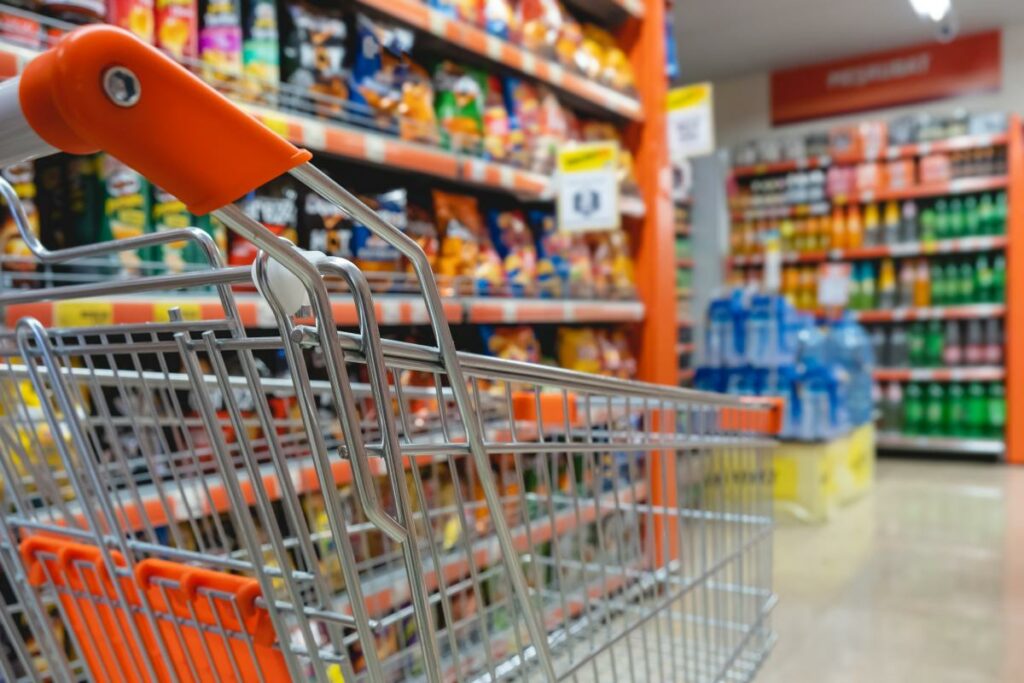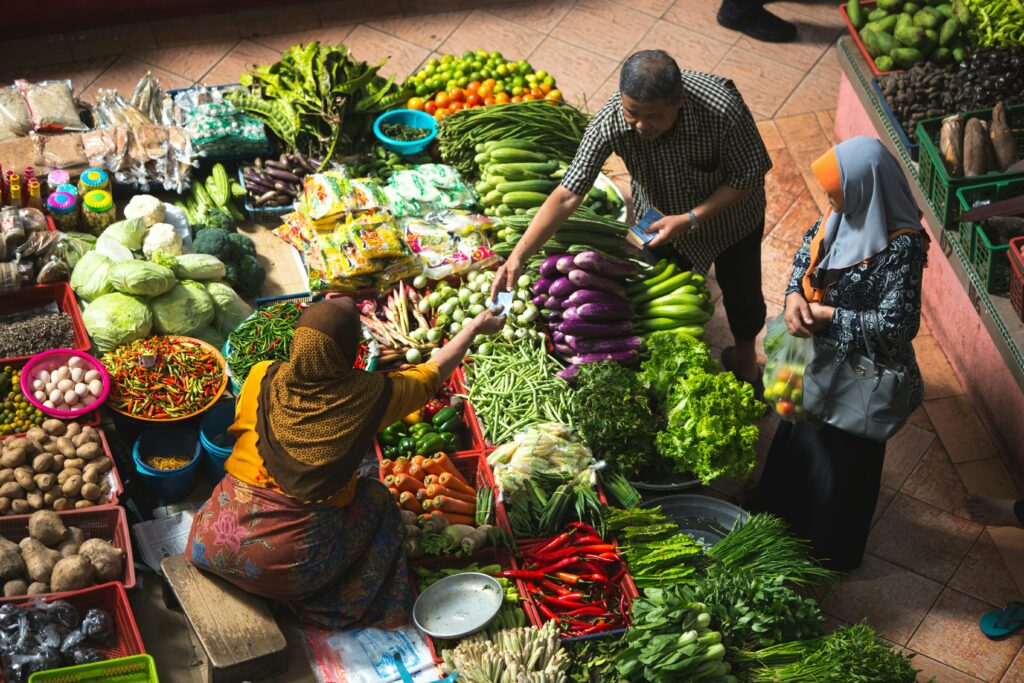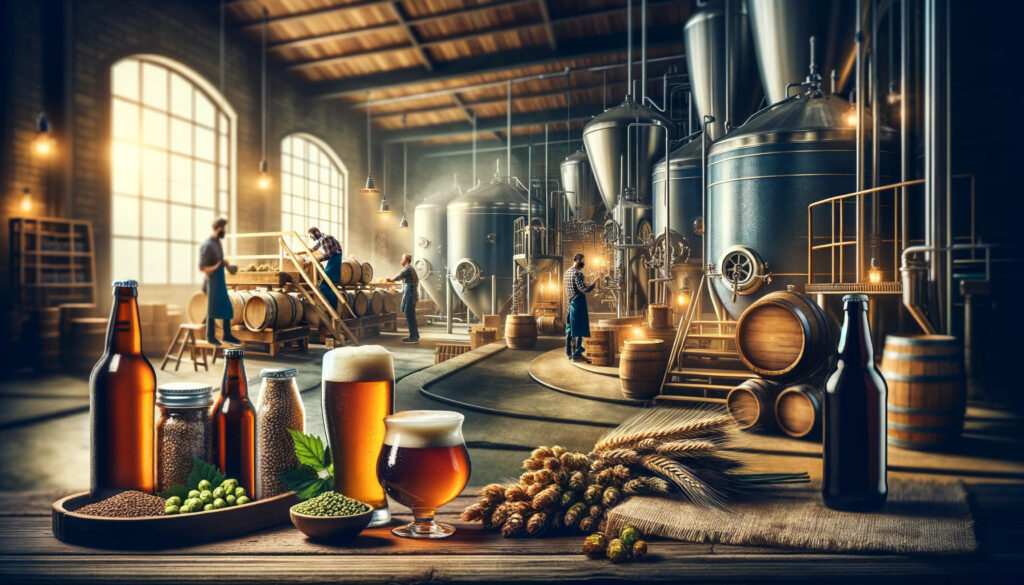Like most people, you probably think that all FMCG products are identical. But did you know that there is a specific way that these products are categorized? We will discuss the different types of FMCG products and how they are classified. We will also discuss the benefits of ordering your products in this way.

What Is An FMCG Product?
FMCG products are bought by consumers regularly and have a relatively short shelf life. In other words, they are products people typically purchase at a supermarket or convenience store. The acronym FMCG stands for “fast-moving consumer goods.” Some common examples of FMCG products include food, drinks, toiletries, and cleaning supplies.
Why Is It Important To Classify Your Products?
There are a few reasons why it is important to classify your products. First of all, it helps you to understand what kind of products you are selling. This, in turn, can help you to make decisions about things like pricing and marketing.
Additionally, categorizing your products can help you keep inventory track more efficiently. And finally, if you are selling your products in a brick-and-mortar store, ordering them can help you to determine the best way to arrange them on the shelves.
Different Types Of FMCG Products
There are a variety of different types of FMCG products available on the market. The most common types of FMCGs are food and beverage products, personal care products, and household cleaning products.
Food and beverage FMCGs are perhaps the most commonly thought of in this product category. These items include things like packaged snacks, soft drinks, and groceries. Personal care FMCGs are items that people use daily for hygiene and grooming, such as shampoo, soap, and toothpaste. Finally, household cleaning products, such as laundry detergent and dishwashing liquid, are used to keep homes clean and tidy.
FMCG products are typically low-cost items that are bought regularly. Because of this, they are often heavily marketed and advertised to encourage consumer purchase. FMCGs play an essential role in consumers’ lives and provide a valuable service by making everyday tasks easier.
How Are FMCG Products Categorized In The Grocery Store?
FMCG products are generally categorized in the grocery store according to their type. For example, all dairy products would be located in the same section as all the cleaning products. This makes it easy for customers to find what they are looking for without searching the entire store.
Some FMCG products are not easily categorized, such as snacks and drinks. These items are typically located near the front of the store, where they are more likely to be seen by customers. This placement is known as ‘impulse buying,’ an ordinary technique grocery stores use to increase sales.
Impulse buying is when customers see something they did not intend to buy but decide to purchase it anyway. This usually happens because the item is conveniently located and on sale. Grocery stores often place FMCG products in high-traffic areas, such as near the checkout, to take advantage of impulse buying.
While some people may view impulse buying as a bad thing, it can be helpful for busy shoppers who do not have time to browse the entire store. By placing items in strategic locations, grocery stores can make it easier for customers to find what they need and save time.
What Are Some Tips For Merchandising FMCG Products?
FMCG products are sold fast and at a relatively low cost. Common examples include non-durable goods such as packaged foods, beverages, toiletries, over-the-counter drugs, and many other items. As such, merchandising for FMCG products can be challenging, as there is often a wide variety of entities vying for limited shelf space. However, there are a few general tips that can help to maximize sales of FMCG products.
One important tip is to ensure that the products are well-organized and easy to find. This means grouping similar items together and clearly labeling them so customers can quickly locate what they need. Additionally, keeping the shelves stocked and tidy is essential, so customers have a positive shopping experience. In cases where shelf space is limited, it may be necessary to rotate merchandise so that all products have a chance to be seen by customers.
Finally, it is helpful to promote special offers or discounts on FMCG products as this can encourage customers to purchase items they might not otherwise consider. By following these simple tips, retailers can ensure that their FMCG products are well-merchandised and more likely to sell.
Final Thoughts
FMCG products are an essential part of the grocery store industry and play a vital role in consumers’ lives. They are typically low-cost items bought regularly, and as such, they are often heavily marketed and advertised. FMCGs play an essential role in consumers’ lives and provide a valuable service by making everyday tasks easier.


